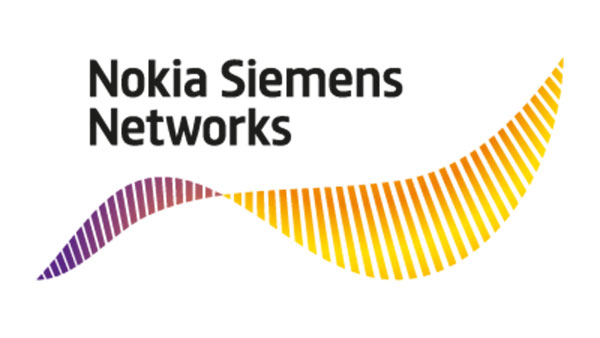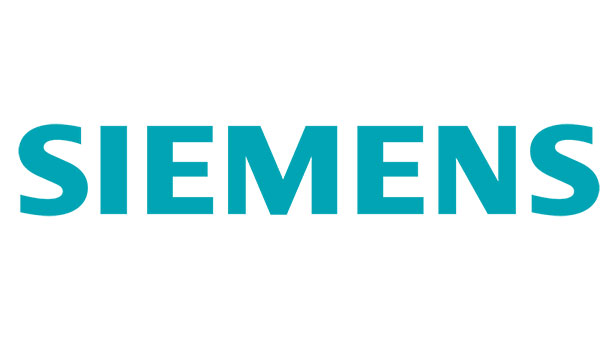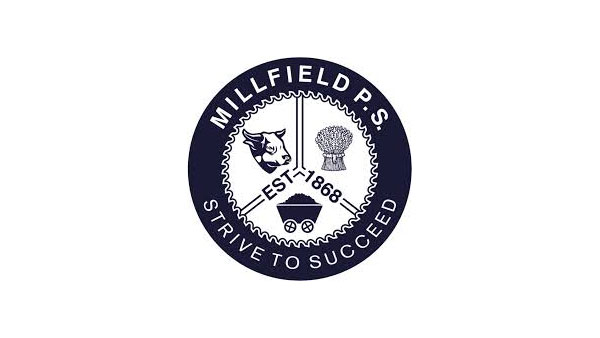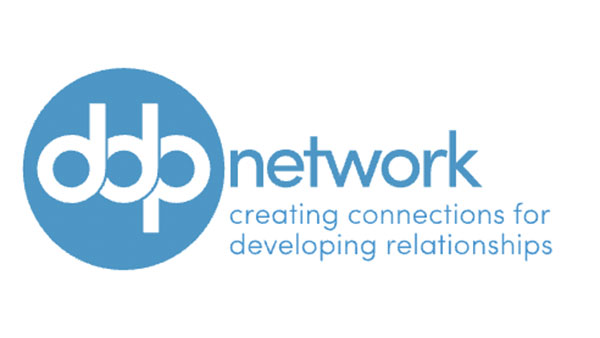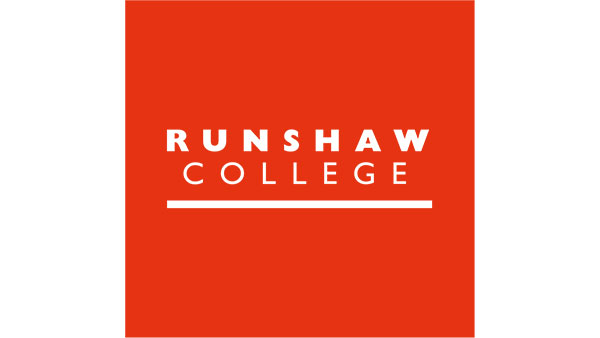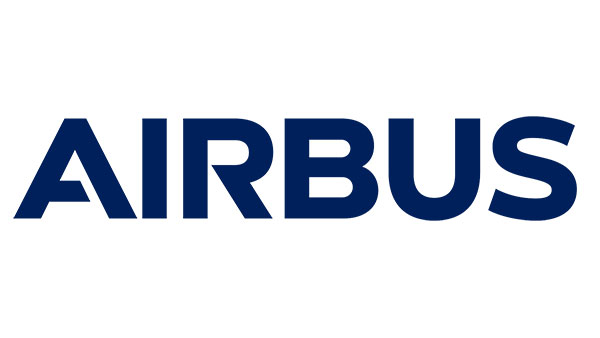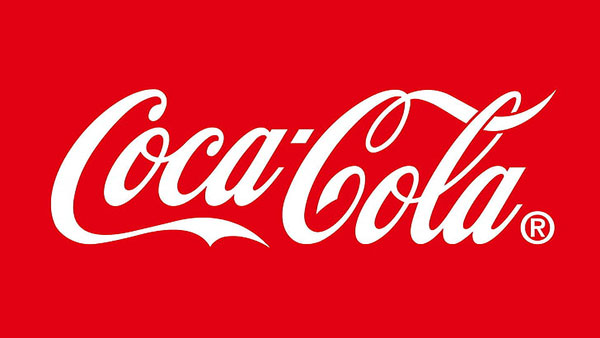Diversity and inclusion have become buzzwords in recent times – not only in the corporate world but also in government departments. The U.S. Department of Justice introduced a range of techniques to the employees for combating unconscious bias. Companies like Starbucks, Google, McKinsey, etc. have introduced multiple programs for their employees to beat unconscious biases at work. Below we will explore why it is important to understand unconscious bias, microaggressions, and implicit bias in human communication.
What is Unconscious Bias
Bias is a prejudiced view in support of or against a person, thing, or race. Though it is very common to have personal biases, it is considered unfair in most places. Biases are not limited to race or ethnicity but exist toward a lot of factors such as age, gender, physical abilities, religious background, culture, sexual orientation, physical features, characteristics, and much more. However, racial and ethnic bias and discrimination are well-documented and often discussed.
The two major types of biases are: conscious and unconscious. In the case of conscious bias, people are conscious of their feelings, or they are clear about the intention behind their behavior. It is often characterized by explicit negative behavior and will often be expressed as physical or verbal harassment. On the other hand, unconscious bias occurs outside of the person’s full awareness. The acts of unconscious bias sometimes contradict the values, beliefs, and perspectives of the person.
Unconscious biases are defined as social stereotypes or unsupported judgments that form outside the conscious awareness of an individual. Each one of us carries certain prejudiced beliefs about various identity groups or communities. These unconscious biases are activated in certain scenarios, especially when you are stressed. It will shape your interactions and can dictate behavior that can result in unintended harm to others. Therefore, it becomes important to make a conscious commitment to act against the unconscious biases which will strengthen your personality and instead work to develop your values and character.
What are Microaggressions
Simply put, a microaggression is a form of discrimination. It is a verbal or physical act against a marginalized group of people in our daily lives. A marginalized group is defined as “individuals, groups, or populations outside of ‘mainstream society,’ living at the margins of those in the center of power or cultural dominance, and economical and social welfare.” The term ‘microaggression’ was coined by Chester M. Pierce, a famous American Psychiatrist, in 1970, to point out the insults faced by African Americans regularly.
In the book ‘Microaggressions in Everyday Life: Race, Gender, and Sexual Orientation’ published in 2010, Dr. Derald Wing Sue defines microaggressions as “everyday verbal, nonverbal, and environmental slights, snubs, or insults, whether intentional or unintentional, which communicate hostile, derogatory, or negative messages to target persons based solely upon their marginalized group membership.”
Microaggressions can be unintentional or deliberate. They often manifest in subtle ways which make it harder to identify. It could be subtle remarks or action which is sexist, racist, odious, or offensive in nature.
The three ways in which microaggressions manifest are:
- Verbal: A verbal comment or question targeting a marginalized group of people.
- Behavioral: An action or behavior that is hurtful or discriminatory to a group of people.
- Environmental: Discrimination that occurs within society. For example, an educational institution that prevents a certain group of people from entering the campus.
What is Implicit Bias
An implicit bias is a belief, thought, or attitude towards any social group or community without our conscious knowledge. It is an unconscious preference for or aversion to a certain group of people or community. Since it is on an unconscious level implicit biases may not always align with our personality or individual values.
Though people believe they are not susceptible to implicit biases, it is not always true. Knowingly or unknowingly, we are often susceptible to such biases and stereotyped beliefs. This happens for a multitude of reasons. Firstly, the human brain has a natural tendency to categorize information and seek patterns. Secondly, our brain tries to take mental shortcuts while sorting data leading to various cognitive biases. Apart from the biological factors, our cultural conditioning and media portrayal of certain groups or people contribute to our implicit biases.
How to address Unconscious Bias, Microaggressions, and Implicit Bias?
Microaggressions and unconscious biases happen everywhere, at workplaces, in families, as well as in social groups. Such words and actions occur from the deep-rooted biases against people who are different from us. Nevertheless, it is important to realize it and prevent its occurrences to create a better and humane society. If left unnoticed, it can significantly impact organizational health and lead to a toxic work culture.
In today’s world, diversity and inclusion are considered core competencies for leaders. However, unconscious biases and microaggressions impair diversity and inclusion efforts. Instances of microaggressions and unconscious biases have a real impact on people’s lives even when they are unaware of it. Most times, the speaker does not have an intention to hurt the person or cause an offense. Regardless of the intention, it can adversely impact the recipient, hurt them and can stop them from feeling a sense of belonging.
The first step to addressing unconscious biases, implicit biases, and microaggressions is critical reflection. You should look introspectively at the hegemonic assumptions you carry, knowingly or unknowingly. You should be able to challenge microaggressions as they occur and try to reframe the narrative.
It takes conscious and consistent effort to beat unconscious biases and microaggressions to lead a thriving and inclusive life with others, but this is a worthy goal. When we judge others, we judge ourselves.
Summing Up
Humans are inherently biased, and it requires intentional reflection and commitment to overcome it. Microaggressions and unconscious bias are hence difficult to identify. Be it a workplace or health cafe, unconscious biases and microaggressions act as a limiting factor for reaching its diversity potential. Therefore, it has become important for leaders, psychologists, therapists and credentialed coaches to take steps intended to positively address unconscious bias and microaggressions.
Credentialed coaches that consider diversity and inclusion as priorities will more likely outperform other coaches, as this openness improves a connection to others we communicate with.
Through critical reflection, persistent efforts, and the will to work on our issues, one can beat implicit biases and create inclusive relationships and workplaces, and live more in harmony with each other.



